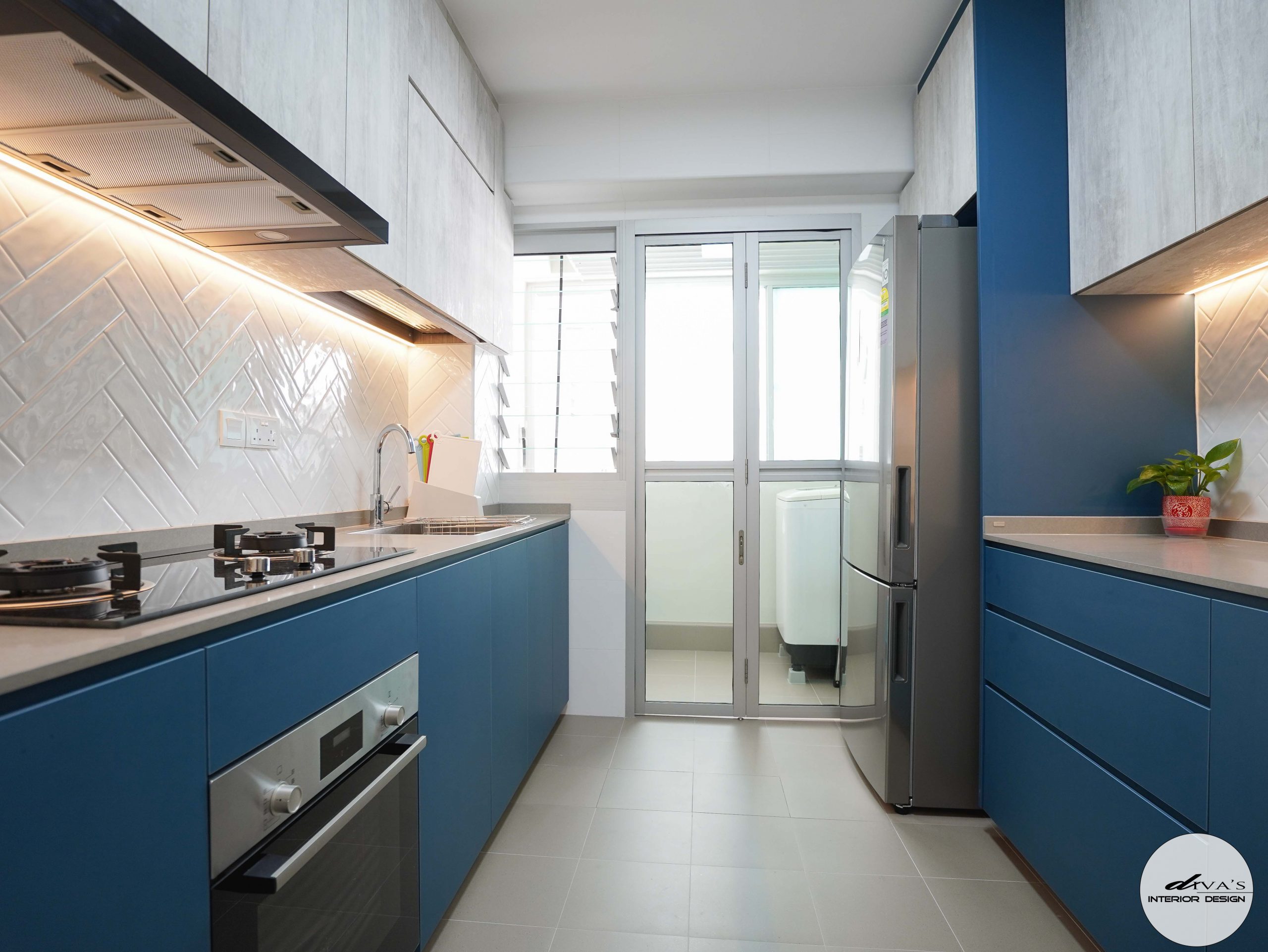Understanding the Need for Kitchen Cabinet Dismantling: Dismantle Kitchen Cabinet Singapore

Kitchen cabinet dismantling is a common necessity for homeowners in Singapore, often prompted by various factors. This process involves carefully removing existing cabinets to make way for new installations, upgrades, or changes to the kitchen layout.
Reasons for Kitchen Cabinet Dismantling
Homeowners in Singapore may choose to dismantle their kitchen cabinets for several reasons, including:
- Renovations: A complete kitchen renovation often involves replacing existing cabinets with new ones to achieve a desired aesthetic or functionality. This may be driven by factors like outdated design, damaged cabinets, or a desire for a modern kitchen layout.
- Upgrades: Homeowners may decide to upgrade their kitchen cabinets to improve functionality, storage space, or aesthetic appeal. This could involve replacing old cabinets with newer, more efficient ones or simply adding new features like pull-out drawers or soft-close hinges.
- Relocation: When moving to a new home, homeowners may choose to dismantle their kitchen cabinets and transport them to the new location. This can be a cost-effective option compared to purchasing new cabinets, especially if the existing ones are in good condition.
- Space Optimization: Dismantling existing cabinets can allow homeowners to reconfigure their kitchen layout, maximizing space and creating a more functional workspace. This might involve removing bulky cabinets to create a more open space or incorporating a kitchen island.
Common Scenarios for Kitchen Cabinet Dismantling
Several scenarios commonly lead to kitchen cabinet dismantling in Singapore:
- Resale or Rental: When preparing a property for resale or rental, homeowners often renovate the kitchen, including replacing outdated cabinets to enhance its appeal to potential buyers or tenants.
- Damage or Wear and Tear: Over time, kitchen cabinets can experience damage or wear and tear due to regular use, moisture exposure, or improper maintenance. In such cases, dismantling and replacement are often necessary.
- Change in Lifestyle: As lifestyles evolve, homeowners may find their existing kitchen cabinets no longer meet their needs. This could be due to changes in family size, cooking habits, or storage requirements, prompting a redesign and cabinet replacement.
Types of Kitchen Cabinets Commonly Found in Singapore
Singapore’s housing market features a variety of kitchen cabinet types, each with its own characteristics and suitability for dismantling:
- Melamine Cabinets: These are a popular choice due to their affordability and durability. They are often used in HDB flats and condominiums. Melamine cabinets are relatively easy to dismantle, as they are typically assembled using screws and brackets.
- Laminate Cabinets: Similar to melamine cabinets, laminate cabinets offer a more aesthetically pleasing finish. They are also generally easy to dismantle, with most components secured using screws and brackets.
- Solid Wood Cabinets: These cabinets offer a premium look and feel, but they can be more challenging to dismantle due to the use of complex joinery techniques. They often require specialized tools and expertise for disassembly.
- Acrylic Cabinets: Acrylic cabinets are known for their high gloss finish and resistance to scratches. They are typically assembled using screws and brackets, making them relatively easy to dismantle.
Dismantling Process and Considerations

Dismantling kitchen cabinets can be a daunting task, but with proper planning and execution, it can be accomplished safely and efficiently. This section will guide you through the dismantling process, highlighting key considerations and safety precautions to ensure a smooth and successful project.
Planning and Preparation
Before embarking on the dismantling process, meticulous planning and preparation are crucial to ensure a smooth and safe operation. This involves identifying potential challenges, gathering the necessary tools, and taking appropriate safety measures.
- Assess the Cabinets: Begin by thoroughly inspecting the cabinets to identify any potential obstacles or challenges. This includes noting the type of materials used, the complexity of the construction, and the presence of any obstructions like pipes or electrical wiring.
- Gather Tools and Equipment: Assemble the necessary tools, including a screwdriver set, a hammer, a pry bar, a level, a measuring tape, safety glasses, and work gloves. Ensure that all tools are in good working order and that you have adequate lighting for the task.
- Safety Precautions: Prioritize safety by wearing appropriate protective gear, such as safety glasses and gloves. Additionally, ensure the work area is clear of obstructions and well-ventilated. It is also advisable to have a first-aid kit readily available in case of any minor injuries.
Removing Components
The dismantling process involves systematically removing different components of the kitchen cabinets, starting with the doors, drawers, and shelves, followed by the cabinet boxes themselves.
- Doors: Begin by removing the doors, which are typically attached with hinges. Carefully detach the hinges using a screwdriver, ensuring that you do not damage the cabinet or the door. For doors with decorative hardware, such as knobs or pulls, remove them first to avoid any accidental damage.
- Drawers: Remove the drawers by first pulling them out completely. Identify the drawer slides, which are typically located on the sides of the drawers. Carefully detach the slides from the cabinet frame and the drawer using a screwdriver. Once the slides are removed, the drawers can be lifted out of the cabinet.
- Shelves: Shelves are usually supported by brackets or clips. Identify the type of support mechanism and carefully remove the shelves by detaching the brackets or clips. Be mindful of the weight of the shelves and ensure they are safely lowered to the ground to avoid any damage.
Handling and Storage
After dismantling the cabinets, it is essential to handle and store the components carefully to prevent damage or loss.
- Labeling: Label each component with its corresponding location and orientation. This will help you easily reassemble the cabinets later if needed. Use permanent markers or labels that are resistant to moisture and wear.
- Protection: Wrap delicate components, such as doors and drawers, in protective materials like bubble wrap or packing peanuts. This will safeguard them from scratches or dents during storage or transportation.
- Storage: Store the dismantled components in a clean and dry location, away from direct sunlight and moisture. Organize the components in a manner that allows for easy retrieval when needed.
Professional Dismantling Services in Singapore

Seeking professional help for kitchen cabinet dismantling in Singapore can save you time, effort, and potential damage to your kitchen. While DIY is an option, engaging professional dismantling services offers numerous advantages.
Professional Services Available
Professional kitchen cabinet dismantling services in Singapore cater to various needs, ranging from basic removal to comprehensive dismantling and disposal. Here are some common types of services:
- Basic Dismantling: This service involves removing cabinets from their positions, leaving them intact for potential reuse or relocation.
- Complete Dismantling: This service involves dismantling cabinets into individual components, allowing for easier transportation or disposal.
- Disposal Services: Many companies offer disposal services, handling the removal and proper disposal of the dismantled cabinets and related materials.
- Cabinet Refurbishment: Some companies specialize in refurbishing existing cabinets, offering services like sanding, repainting, or replacing damaged components.
Advantages of Hiring Professionals
Hiring professional dismantling services provides several benefits:
- Expertise and Experience: Professionals possess the necessary skills and experience to dismantle cabinets safely and efficiently, minimizing the risk of damage to the cabinets or surrounding areas.
- Time-Saving: Dismantling kitchen cabinets can be a time-consuming task. Professionals can complete the job quickly, allowing you to focus on other aspects of your renovation or move.
- Safety: Professional dismantlers are equipped with appropriate tools and safety gear, ensuring a safe working environment and minimizing the risk of injuries.
- Proper Disposal: Professional services often include disposal services, ensuring the proper disposal of materials in accordance with environmental regulations.
Disadvantages of DIY
While DIY dismantling may seem appealing, it comes with certain drawbacks:
- Lack of Expertise: Attempting to dismantle cabinets without proper experience can lead to damage to the cabinets or your kitchen.
- Time-Consuming: DIY dismantling can be a time-consuming and challenging process, especially if you lack the necessary tools and skills.
- Safety Risks: Improper dismantling techniques can lead to accidents or injuries, especially when dealing with heavy cabinets or sharp tools.
- Disposal Challenges: Disposing of dismantled cabinets can be difficult and costly, especially if you lack the necessary transportation and disposal facilities.
Comparison of Professional Services
The following table Artikels the services offered by various professional dismantling companies in Singapore, including pricing and contact information:
| Company Name | Services Offered | Pricing | Contact Information | [Company Name 1] | Basic dismantling, complete dismantling, disposal services | [Price Range] | [Phone Number], [Email Address], [Website] | [Company Name 2] | Basic dismantling, complete dismantling, cabinet refurbishment | [Price Range] | [Phone Number], [Email Address], [Website] | [Company Name 3] | Complete dismantling, disposal services, cabinet installation | [Price Range] | [Phone Number], [Email Address], [Website] |
|---|
Sample Agreement, Dismantle kitchen cabinet singapore
A sample agreement outlining the scope of work and responsibilities for a professional dismantling service might include the following:
Scope of Work:
* Dismantle all kitchen cabinets, including [list specific cabinets or components].
* Remove all cabinet fixtures and appliances.
* Dispose of all dismantled materials in accordance with local regulations.Responsibilities:
* [Company Name] will provide all necessary tools and equipment.
* [Company Name] will ensure a safe working environment.
* [Client Name] will provide access to the kitchen and ensure the area is clear of obstructions.
* [Client Name] will be responsible for any damage to the cabinets or surrounding areas caused by [Client Name] or [Client Name]’s representatives.
Dismantle kitchen cabinet singapore – Dismantling your kitchen cabinets can be a big job, but it can open up possibilities for a fresh start. Maybe you’re dreaming of a whole new kitchen design, or perhaps you’re just looking to create a lighter, airier feel. If you’re drawn to a rustic, welcoming vibe, you might find inspiration in the charm of modern farmhouse bedroom window treatments , where natural textures and simple elegance combine.
No matter your style, remember that dismantling kitchen cabinets is a chance to create a space that truly reflects your personality and makes you feel at home.
Dismantling kitchen cabinets in Singapore can be a daunting task, but it can also be a chance for a fresh start. If you’re looking for a way to revitalize your kitchen without a complete overhaul, consider kitchen cabinet painting in CT.
This simple yet effective solution can give your cabinets a new lease on life, allowing you to enjoy a refreshed kitchen without the hassle of a full-scale renovation. Once you’ve decided to dismantle your cabinets in Singapore, remember to plan carefully and prioritize safety throughout the process.
